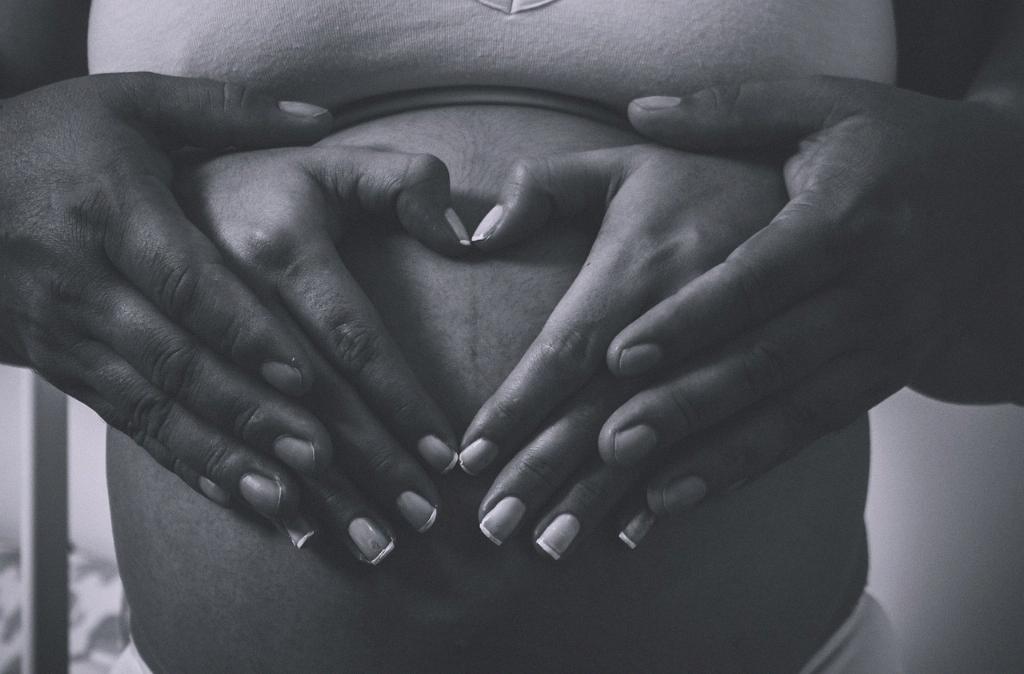Understanding the menstrual cycle and fertility can be crucial for those trying to conceive or avoid pregnancy. When considering the least likely time to get pregnant, it is essential to delve into the fertile window, which refers to the days in a woman’s cycle when pregnancy is possible. This window typically spans around six days, including the day of ovulation. However, within these six fertile days, there is a specific time when the probability of conception is at its lowest.
Studies have shown that the least likely time to get pregnant is on the first day of the fertile window. This means that conception is least likely to occur at the beginning of the fertile period. It is essential to note that this is particularly relevant for the early days of the menstrual cycle, which tend to be the least fertile days of the entire cycle.
The first day of the fertile window is typically characterized by the menstrual phase of the menstrual cycle. During this phase, the uterine lining sheds, marking the start of a new cycle. This phase is essential for preparing the uterus for a potential pregnancy in the following weeks. However, the likelihood of conception during this phase is relatively low compared to the rest of the fertile window.
One critical factor influencing the decreased probability of conception on the first day of the fertile window is the timing of ovulation. Ovulation is the process in which an egg is released from the ovary and is available for fertilization. While sperm can survive in the female reproductive tract for several days, the egg has a much shorter lifespan once released. Thus, if ovulation occurs later in the fertile window, the likelihood of conception on the first day is significantly reduced.
Additionally, the quality of cervical mucus plays a vital role in fertility and conception. Cervical mucus changes in consistency and texture throughout the menstrual cycle, becoming more fertile and conducive to sperm survival and transport during the days leading up to ovulation. However, on the first day of the fertile window, the cervical mucus may not yet be optimal for sperm function, further decreasing the chances of conception.
Furthermore, hormonal fluctuations during the early days of the menstrual cycle can impact fertility and the likelihood of conception. Hormones such as estrogen and progesterone regulate various aspects of the menstrual cycle, including the development of the uterine lining and the maturation of the egg. During the initial stages of the cycle, these hormone levels may not be optimal for successful fertilization and implantation.
Considering all these factors, the first day of the fertile window emerges as the least likely time to get pregnant. While every woman’s cycle is unique, understanding the dynamics of fertility and conception can help individuals make informed decisions about family planning and fertility awareness. By recognizing the times when conception is less probable, individuals can take proactive steps to achieve or avoid pregnancy based on their reproductive goals and preferences.

